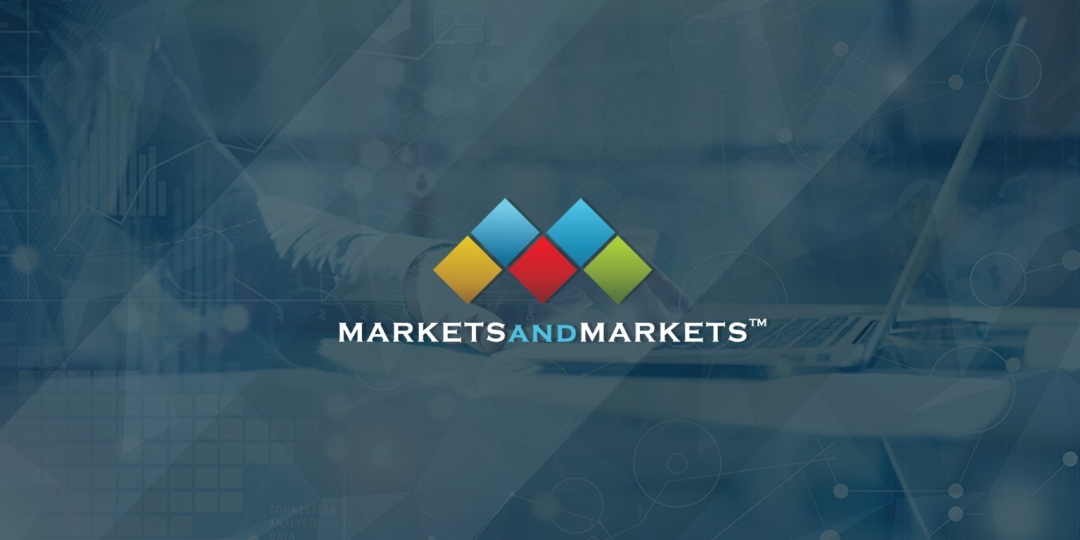The pharmaceutical drug delivery market is entering a transformative phase, projected to grow from USD 1,949.4 billion in 2024 to USD 2,546.0 billion by 2029, at a CAGR of 5.5%. This growth is driven by rising chronic disease prevalence, an aging global population, patient-centric healthcare models, and significant innovations in delivery systems.
Pharmaceutical companies, medical device manufacturers, and healthcare providers that invest in advanced technologies, prioritize patient convenience, and build strategic partnerships will be best positioned to capture long-term value in this evolving market.
Market Dynamics Driving Growth
1. Rising Burden of Chronic Diseases
Chronic conditions such as diabetes, cancer, and hypertension are increasing worldwide. These conditions require long-term treatment and regular medication, driving demand for efficient, reliable, and convenient drug delivery systems. Injectable drug delivery, for example, is gaining preference due to its effectiveness in therapeutic areas where oral routes are less effective.
2. Aging Global Population
The global elderly population is expanding rapidly, contributing to higher demand for drug delivery solutions that support self-administration, reduced dosing frequency, and better compliance. Manufacturers are focusing on innovations that minimize complications, particularly needle-related challenges, while ensuring ease of use for older patients.
3. Shift Towards Patient Convenience
Healthcare delivery is moving beyond hospitals and clinics. Home care and self-administration are becoming critical growth drivers as patients prefer greater autonomy and reduced hospital visits. Government initiatives aimed at affordability and accessibility further reinforce this trend.
4. Technological Advancements and R&D Investments
The industry is witnessing significant investments in next-generation delivery systems such as wearable injectors, implantable devices, and smart syringes. These technologies not only improve patient compliance but also align with broader healthcare goals of cost efficiency and improved outcomes.
Market Challenges
While growth prospects are promising, there are hurdles:
- Needlestick injuries and related safety risks continue to challenge the adoption of injectable products.
- High development costs and limited affordability in certain patient groups create barriers to widespread adoption.
- Regulatory complexities and pricing pressures further impact innovation cycles and product launches.
Segment Insights
Injectable Drug Delivery Dominates
Injectable drug delivery captured the largest share of the pharmaceutical drug delivery market in 2023 and is set to expand at a significant pace. Key factors include:
- Versatility across therapeutic areas such as oncology, diabetes, and immunology.
- Enhanced compliance through reduced dosing frequency.
- Preference for self-administration in home care settings.
Companies are actively addressing needle-related complications with innovative solutions like auto-injectors and needle-free delivery systems, further boosting this segment’s adoption.
Hospitals Lead in Facility of Use
The hospital segment accounted for the largest market share in 2023. Drivers include:
- Growing inpatient and outpatient visits.
- Rising number of surgeries requiring precise drug administration.
- Dependence on hospitals for large-volume drug delivery devices.
However, the home care segment is gaining traction due to increasing acceptance of self-administration and healthcare system cost pressures, signaling an important growth avenue for industry players.
Regional Outlook
North America Leads Growth
North America is expected to record the highest growth rate during the forecast period, supported by:
- Rising geriatric population and chronic disease cases.
- Robust healthcare infrastructure and supportive government policies.
- Presence of leading pharmaceutical and medical device companies.
The region’s early adoption of advanced drug delivery systems and ongoing geographical expansion by global players makes it a highly attractive market.
Europe and Asia-Pacific Opportunities
- Europe: Driven by regulatory support and strong pharmaceutical R&D pipelines.
- Asia-Pacific: High growth potential due to increasing healthcare investments, large patient population, and growing adoption of modern drug delivery solutions in countries such as China and India.
Key Players in the Market
The pharmaceutical drug delivery landscape is dominated by global leaders with strong innovation pipelines and extensive market presence. Key companies include:
- Johnson & Johnson Services, Inc. (US)
- Novartis AG (Switzerland)
- F. Hoffmann-La Roche Ltd (Switzerland)
- Pfizer Inc. (US)
- Becton, Dickinson and Company (US)
- GlaxoSmithKline plc (UK)
- Merck & Co., Inc. (US)
- Sanofi (France)
- Bayer AG (Germany)
Strategic collaborations, new product launches, and investments in R&D are central to these players’ growth strategies.
Strategic Takeaways for Decision-Makers
- Invest in Advanced Injectables – With injectables dominating market share, opportunities lie in next-generation products such as wearable injectors and needle-free systems.
- Expand into Home Care Delivery – Growing demand for self-administration provides scope for user-friendly, connected devices designed for patients outside hospital settings.
- Leverage Regional Growth Opportunities – North America and Asia-Pacific offer significant prospects for expansion, supported by rising healthcare spending and patient demand.
- Focus on Safety & Compliance – Reducing risks such as needlestick injuries and ensuring patient adherence remain key differentiators.
- Forge Partnerships – Collaborations with biotech firms, digital health startups, and healthcare providers can accelerate innovation and market access.
Conclusion
The pharmaceutical drug delivery market is poised for strong growth, reaching over USD 2.5 trillion by 2029. While challenges around cost and safety persist, the combination of patient-centric innovation, supportive government policies, and rising global healthcare demand creates a compelling opportunity for stakeholders.
For more information, Inquire Now!
Media Contact
Company Name: MarketsandMarkets™ Research Private Ltd.
Contact Person: Mr. Rohan Salgarkar
Email: Send Email
Phone: 18886006441
Address:1615 South Congress Ave. Suite 103, Delray Beach, FL 33445
City: Florida
State: Florida
Country: United States
Website: https://www.marketsandmarkets.com/Market-Reports/drug-delivery-technologies-market-1085.html

